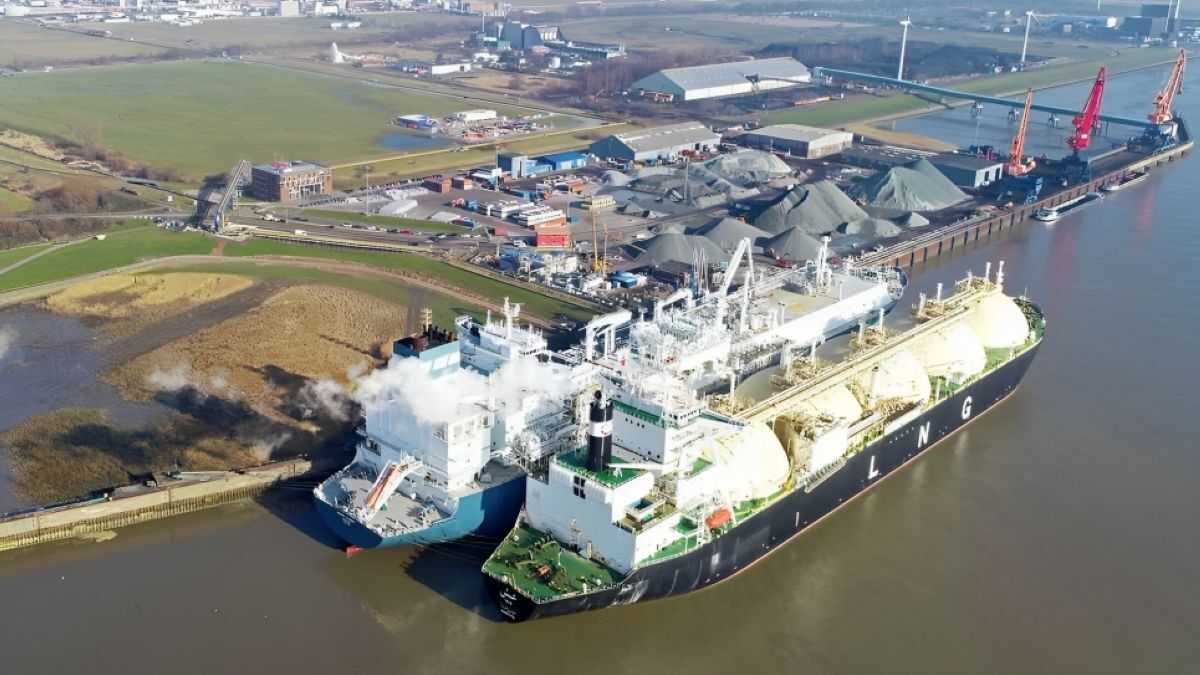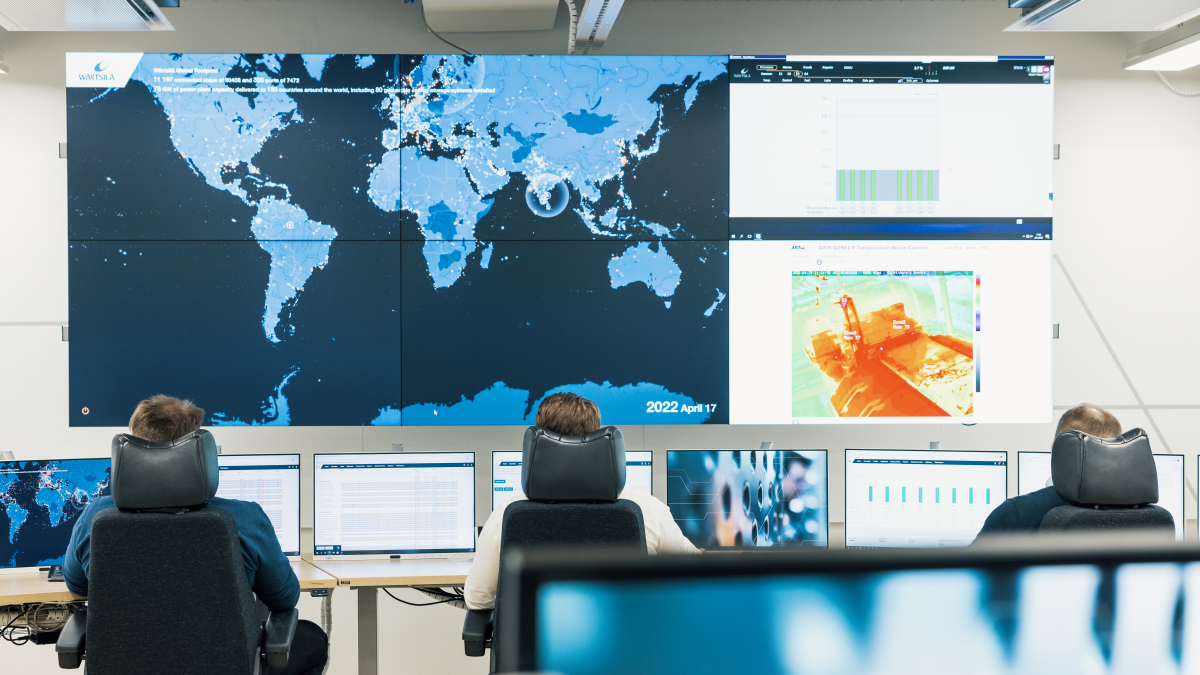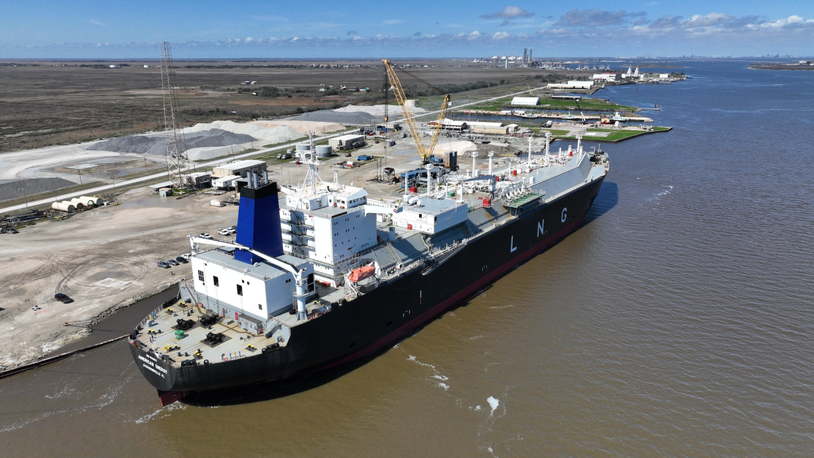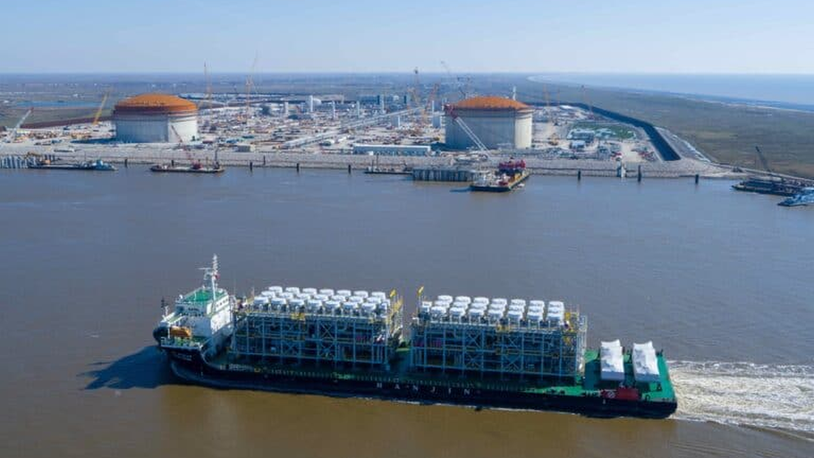Business Sectors
Events
Contents
Very large gas carriers in the global LPG spotlight
The fast-growing VLGC fleet is moving back into balance as the global trade in LPG, driven by US exports and Chinese imports, is growing once again
The depressed 2017 freight market for very large gas carriers (VLGCs) that persisted into Q1 2018 is showing signs of lifting as the year progresses. As of late July, increased cargo liftings in the US Gulf and at the terminals of the major Middle East exporters helped underpin a rise in spot rates to around US$25,000 per day for the benchmark Middle East-to-Japan route.
That figure is double what owners of these fully refrigerated LPG carriers of 75-85,000 m3 were able to command during 2017, on average. It was also 60% ahead of the returns posted in Q1 2018.
Reduced demand for LPG in Japan, India and southeast Asia and a poor price spread for the product between the Atlantic and Pacific Basins served to dampen shipping returns last year. The significant number of newbuilding deliveries in 2017 added to the VLGC fleet oversupply and helped prolong the depressed market.
Rebound in LPG demand
But the Asian demand for LPG, including for use as a petrochemical feedstock, is on the rise once again and the current, more sedate pace of VLGC completions bodes well for a better fleet supply/demand balance and a continued climb in freight returns. Shipowner contentment rises and falls in line with the extent to which spot rates go above or below the VLGC breakeven point of about US$21,000 per day.
Shipping market volatility has been difficult to avoid for the VLGC fleet in recent years, such has been the meteoric rise of the sector. It has been difficult to keep the fleet in balance during an era that has witnessed burgeoning LPG production volumes in the US Gulf, on the back of the shale gas phenomenon, and an equally sharp rise in demand for LPG feedstock from China’s newly built propylene-producing propane dehydrogenation plants.
As VLGC spot rates breached the six-figure mark in 2015, an unprecedented number of new ships were ordered. At the start of 2015 there were about 150 VLGCs in service. That fleet is on the verge of doubling.
Figures compiled by VesselsValue show there are currently 263 VLGCs in service and 39 on order. Three of the ships on order are due for completion this year, 22 in 2019 and 14 in 2020.
In 2020, when the ships currently under construction are completed, the VLGC fleet will stand at 302 vessels. Although VLGCs will account for only 20% of the global fleet of LPG and chemical gas carriers in terms of ship numbers, this sector will cover two-thirds of the fleet’s cargo-carrying capacity in 2020.
The output of US shale gas, and downstream products such as LNG, LPG and ethane, remains on an upward curve. The May 2018 forecast by the US Energy Information Administration (EIA) has the country down for an increase in net LPG exports to 29.3M tonnes in 2018, implying a year-on-year growth of 8%. EIA goes on to predict a 16.5% rise in net US LPG exports in 2019, to 34M tonnes. Most of this cargo will be carried in VLGCs.
Interestingly, two new Australian LNG exports projects are poised to add 2 mta to the world seaborne movements of LPG. The Prelude floating LNG production vessel off the coast of Western Australia and the Ichthys LNG terminal in Darwin are both due on stream in the coming months and both will produce LPG and condensate as well as LNG from their respective gas fields.
Despite these projects and others in Canada and Angola, US exports are set to drive the expansion in the seaborne trade of LPG in the years ahead. Almost 40% of US LPG production is directed at the export market and the inability of domestic consumers to absorb much more product ensures a healthy level of exports.
On a tonnage basis, US loadings are expected to account for 33% of worldwide exports by 2020 and over 38% by 2025.
Fleet consolidation
Although there has been some consolidation among the fleets of the leading VLGC owners in recent years, the rapid increase in global seaborne movements of LPG has attracted numerous new players. Drewry reports that at the end of 2017 there were 62 shipowners involved in the VLGC sector, 17% more than at the end of 2013.
The most notable VLGC consolidations of recent years have been the acquisitions by BW LPG of Maersk Tankers with its 10 ships in 2013 and Aurora Tankers with nine VLGCs in 2016. Elsewhere, Dorian LPG purchased 11 VLGCs from Scorpio Tankers in 2013.
These deals could pale into insignificance, however, if a BW Gas proposal to merge its fleet with that of Dorian, unveiled in May 2018, is finalised.
BW controls a fleet of 48 VLGCs, including two newbuildings and three large gas carriers, with a total fleet capacity of 4.2M m3 and an average age of 8.2 years. Dorian owns 22 VLGCs totalling 1.8M m3 with an average age of 3.9 years.
If a deal was to go through, the combined BW/Dorian gas carrier fleet would have 70 VLGCs as its centrepiece. The fleet, offering a total of 6M m3 in cargo-carrying capacity, would have an average age of 6.9 years.
BW Gas stepped up its offer in Q2, and at press time, Dorian was still weighing up the latest proposal. The combined operation, if it comes to pass, would control about 25% of the global VLGC fleet.
BW Gas stated the intention of the merger is not to create an operation powerful enough to drive prices in negotiations with the users of the combined fleet’s shipping. The main aim, reports the shipowner, is to reduce costs through achieving synergies with a merged fleet and establishing an entity that will be more attractive to financial backers.
“As a larger fleet, we would operate more efficiently, with increased vessel utilisation and more efficient deployment across geographies,” stated BW LPG’s chief executive officer, Martin Ackermann. “By combining our fleets, we would have enhanced scheduling capabilities, better triangulation and reduced ballast legs, all benefiting customers and shareholders.”
Related to this Story
Events
Maritime Environmental Protection Webinar Week
Cyber & Vessel Security Webinar Week
The illusion of safety: what we're getting wrong about crews, tech, and fatigue
Responsible Ship Recycling Forum 2025
© 2024 Riviera Maritime Media Ltd.














